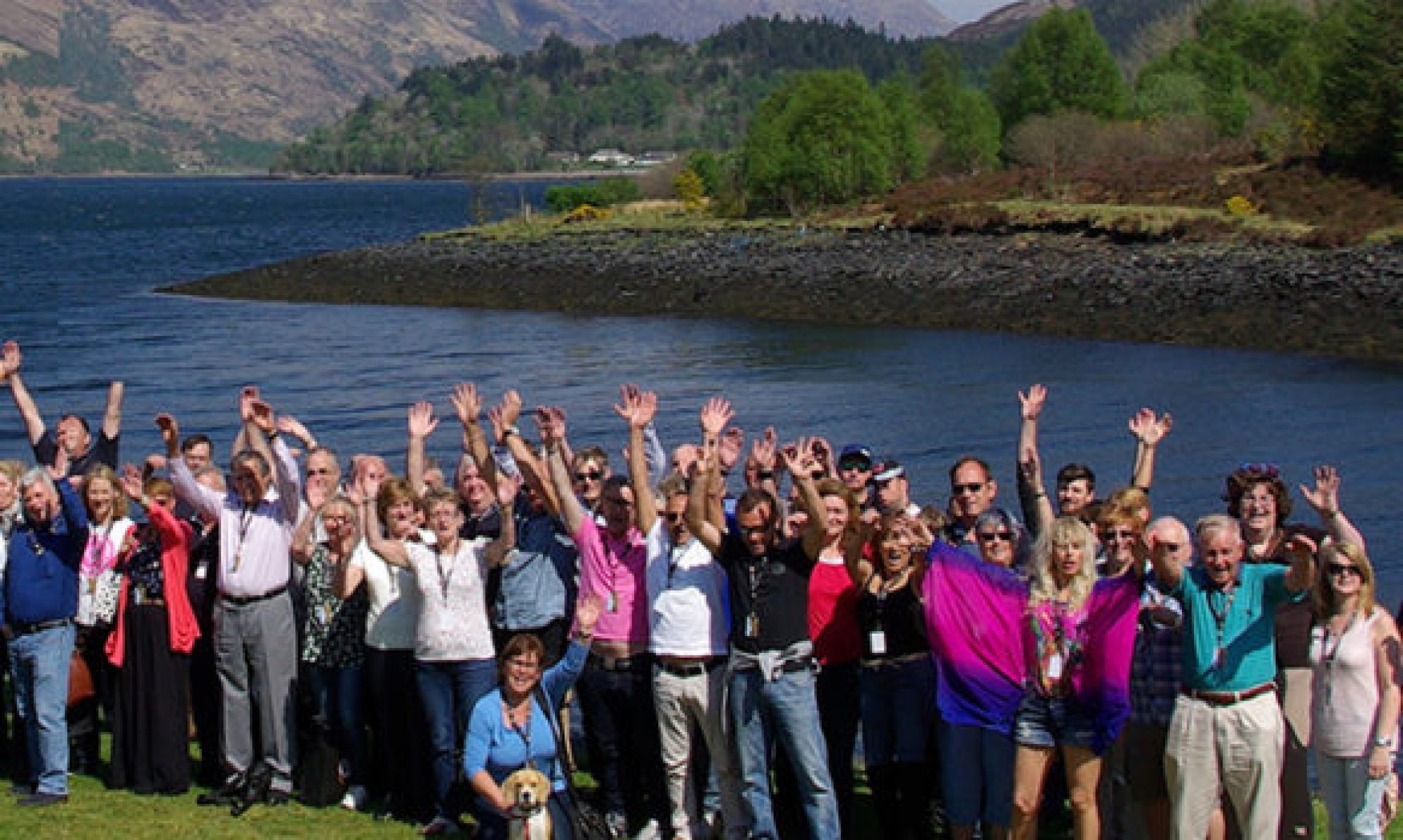 Mink were brought to the UK from America between the wars to be bred for their fur. Inevitably many escaped or were released by fur farmers following local opposition and a general decline in popularity of the fur trade. Soon a feral population was established, mostly dark brown with a white patch near the chin. These have continued to breed and thrive in many localities, including along the rivers and coast of West Scotland.
Mink were brought to the UK from America between the wars to be bred for their fur. Inevitably many escaped or were released by fur farmers following local opposition and a general decline in popularity of the fur trade. Soon a feral population was established, mostly dark brown with a white patch near the chin. These have continued to breed and thrive in many localities, including along the rivers and coast of West Scotland.

Mink are mainly nocturnal and as a result are not often seen. But the damage that they are causing along the west coast is serious. One of the reasons for their success is that they frequently switch between prey, concentrating on whatever is abundant in any season or locality. Also they kill far more prey than they need to eat and because their prey has not co-evolved with them it often has no natural defence.
In some areas seabirds are the main victims. In built up areas it may be domestic fowl. But on many river systems the main victim has been the benign water vole.
Water voles are the largest species of British vole. They are also sometimes commonly known as the water rat because of a superficial similarity in appearance and habits to the brown rat.
Water voles have glossy brown or black fur and a blunt muzzle with small, black eyes. Their ears are almost hidden (unlike the ears of the brown rat), and they have slightly furry feet and tail. They are mostly active during the day, sitting on their hind feet and feeding on vegetation held in their front paws. When disturbed, they dive into the water with a characteristic ‘plop’ sound. When they swim, their head and back are visible.

When threatened by mink, their natural escape mechanism is to enter the water and dive. However the mink simply follow them. Their next defence is to retreat into their burrows, but the smaller female and juvenile mink simply follow them and kill them. A single mink feeding pups can exterminate water voles in a small river system.
Water voles have undergone one of the most serious declines of any British wild mammal during recent year. The post war intensification of agriculture caused the loss and degradation of habitat, but the most rapid period of decline was during the last decades of the 20th century as American mink spread. During the 90s, the population fell by almost 90 per cent.
Clearly if future generations are to hear a water vole “plop”, we need to eradicate mink and do something to mitigate environment loss and degradation as well as, where possible, re-create and maintain suitable habitats. Landowners must be encouraged or forced to assist their survival with the support of the statutory and voluntary nature conservation agencies. Everyone needs to play their part.




